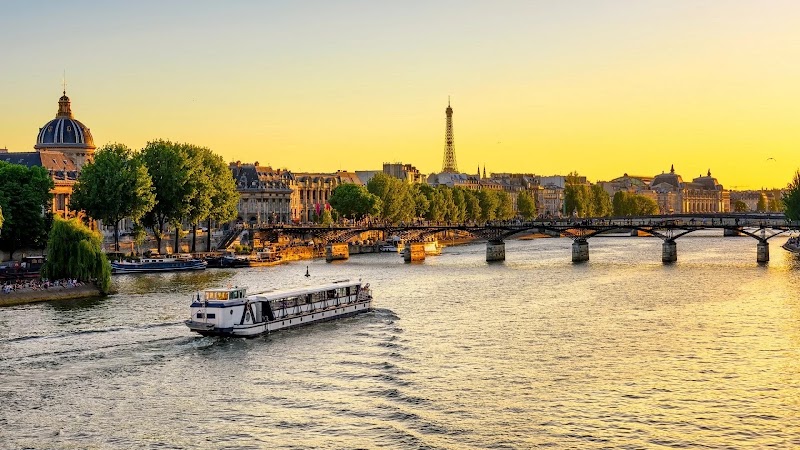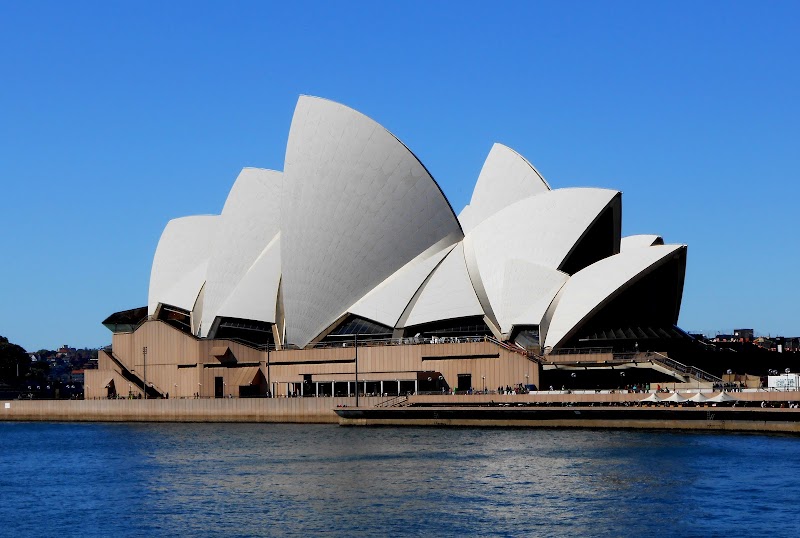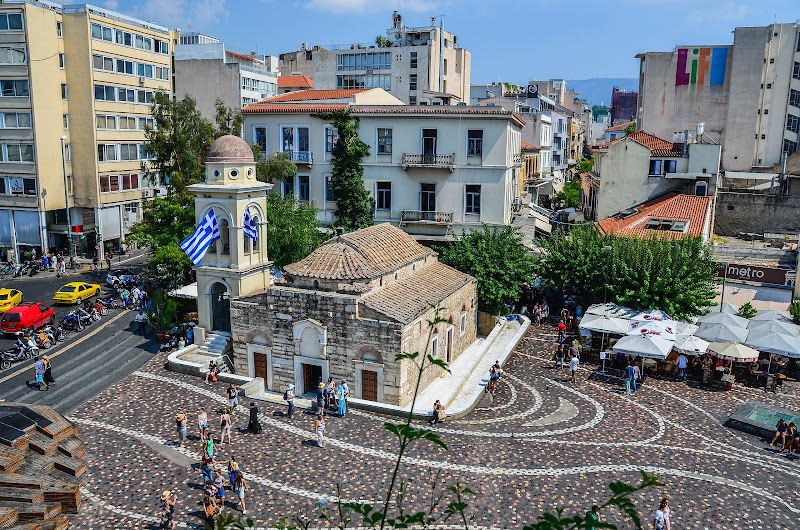Welcome to France's breathtaking coast
Did you know that the French coastline stretches for an astonishing 5,500 kilometers, blessed with a breathtaking variety of landscapes, from rugged cliffs to serene sandy beaches? Whether it's the glamorous Côte d'Azur, the historic Normandy beaches, or the wild beauty of the Atlantic coast, there's so much to explore on France's coastline. Packed with natural wonders and cultural treasures, it's a feast for the eyes and a thrill for the senses.
Planning your journey along this diverse coastline might seem overwhelming, but fear not. Our comprehensive tourist map of the French coast will be your trusty guide, offering an overview of the must-visit spots and helping you tailor your itinerary to your interests. With this map, you're not just navigating, you're embarking on a journey of discovery, creating memories that will last a lifetime.
Booking.comImmersive Experiences on the French Coast
As you set out on your journey along the French coast, there's a wealth of experiences waiting to be discovered. From exquisite beaches to charming villages, the French coast offers a blend of natural beauty, cultural richness, and historical significance. Here are some of the most extraordinary attractions you shouldn't miss.
- The striking cliffs of Etretat
- The glamorous city of Cannes
- The picturesque island of Mont Saint-Michel
- The buzzing port city of Marseille
- The peaceful Ile de Ré
- The vibrant city of Nice
Experiencing the Charm of Etretat
The white chalk cliffs and natural arches of Etretat are a dramatic spectacle that will take your breath away. This coastal town in Normandy is not just renowned for its impressive landscapes, but also for its links with several famous artists, including Claude Monet. The views from the top of the cliffs are indescribably beautiful, providing a perfect backdrop for an unforgettable photo. Nearby, you can discover the charming village of Etretat with its unique half-timbered houses and quaint streets.
Local Delights in Etretat
The local seafood in Etretat is not to be missed. Indulge in a plate of fresh oysters or try the famous Normandy scallops for a true taste of the sea. If you're interested in art, visit the former summer house of the French author, Guy de Maupassant, now turned into a museum. The tourist map of France provides detailed information on these and other attractions in the region.
Exploring the Glamour of Cannes
Next on your journey is the glamorous city of Cannes, a must-visit for any traveler. Famous for its international film festival, Cannes offers an enticing blend of luxury, history, and stunning natural beauty. Take a leisurely stroll along the Boulevard de la Croisette, dotted with luxury hotels and designer boutiques, or relax on the sandy beaches overlooking the azure Mediterranean Sea.
Unveiling the Hidden Treasures of Cannes
While in Cannes, don't miss the chance to visit the nearby Lerins Islands, a serene escape from the city's hustle and bustle. Steeped in history and natural beauty, these islands offer tranquil beaches, an ancient fort, and a mysterious monastic heritage. The Ile Sainte-Marguerite is home to the Fort Royal, where the legendary Man in the Iron Mask was imprisoned.
Discovering the Uniqueness of Mont Saint-Michel
No trip to the French coast is complete without a visit to Mont Saint-Michel. This picturesque island commune is a UNESCO World Heritage site, revered for its stunning abbey, quaint streets, and dramatic tides. Its striking silhouette rising from the sea is a sight to behold, especially at sunset. Beyond its physical beauty, Mont Saint-Michel is a place of great historical and spiritual significance.
Experiencing the Magic of Mont Saint-Michel
Wandering the narrow streets of Mont Saint-Michel, you'll discover a world that seems to have been frozen in time. From the medieval architecture to the breathtaking views from the abbey, every corner of this tiny island has a story to tell. To fully appreciate its magic, stay until the evening when the crowds have left, and the island is beautifully illuminated.

Practical Information for Navigating the French Coast
Transportation and Mobility
When it comes to exploring the French coast, France boasts an efficient, comprehensive transportation network that makes traveling between cities a breeze. Trains, buses, and boats are all at your disposal. The national train company, SNCF, runs high-speed TGV trains connecting major coastal cities like Marseille, Nice, and Cannes. For a slower, scenic journey, opt for the regional TER trains which stop at smaller, less-known coastal towns.
Boat services are also a popular choice, especially for reaching islands like Ile de Ré. Look for ferry services which operate from various mainland ports, including La Rochelle and Saint-Martin-de-Ré.
Schedules and Prices
Train and bus services on the French coast operate from early morning until late at night. However, it's important to note that specific schedules can vary depending on the route and the day of the week. To avoid any inconvenience, always check the latest timetables on the official SNCF or local bus websites.
As for prices, a one-way TGV ticket can range from €20 to €100, depending on the distance and booking time. TER tickets are generally cheaper, with prices starting at about €10. Boat fares also vary, but expect to pay around €30 for a round trip to Ile de Ré.
Safety Tips
France is generally a safe country for tourists, but like anywhere, it's important to stay vigilant, especially in crowded areas where pickpocketing can occur. Keep your belongings secure and be aware of your surroundings. When exploring the coast, remember that the sea can be unpredictable. Always heed local advice about swimming conditions and never swim alone.
Practical Recommendations
The best times to visit the French coast differ depending on the region. The Mediterranean coast enjoys warm weather from May to October, while the Atlantic coast is best visited during the summer months. For a quieter experience, consider visiting in the shoulder seasons of spring and autumn.
Lastly, always remember to respect the environment. Dispose of your waste properly, stay on marked trails, and avoid disturbing wildlife. This way, we can ensure that the beauty of the French coast is preserved for future generations to enjoy.

Frequently Asked Questions
Despite the wealth of information about the French coast, there may still be some questions that travelers have. Here, we address some of those unique queries to make your trip as memorable as possible.
1. What is the best time to visit the wine regions along the French coast?
For wine enthusiasts, the most opportune time to visit the wine regions, such as Bordeaux and Provence, is during the harvest season, usually from late August to October. This allows you to witness the grape-picking process and even participate in some vineyard activities. However, please check with individual vineyards for their specific schedules.
2. Are there any specific etiquette rules to follow while visiting the French coast?
While the French are known for their warm hospitality, it's important to respect their customs and traditions. Always greet with a friendly "Bonjour" (during the day) or "Bonsoir" (in the evening), and remember to say "Merci" when leaving a place. In restaurants, it's customary to leave a small tip, usually around 10% of the bill.
3. What are some local delicacies to try on the French Coast?
Apart from the popular croissants and escargots, the French coast offers a plethora of unique culinary delights. Try the Bouillabaisse, a traditional Provençal fish stew from Marseille, or the Galettes, a savory buckwheat crepe from Brittany. Don't forget to pair these with local wines for a complete gastronomic experience.
4. Is it possible to visit multiple coastal cities in a single day?
While the French coast is not vast, it's rich in attractions, and rushing through multiple cities in a day may not provide the best experience. We recommend focusing on one or two nearby places per day, allowing yourself the time to fully immerse in the local culture and scenery.
5. How can I access the island of Mont Saint-Michel?
Mont Saint-Michel is accessible via a causeway, which is covered at high tide but revealed at low tide. The island also offers shuttle services from the mainland. It's recommended to check the tide timings and shuttle services in advance to plan your visit accordingly.
6. Are there any unique outdoor activities to do along the French coast?
The French coast offers a wide array of outdoor activities. In the North, you can go sailing in Brittany or hiking along the cliffs of Etretat. In the South, you can try water sports like jet-skiing and windsurfing in Nice or Cannes. Always ensure to follow safety guidelines and respect the environment.








